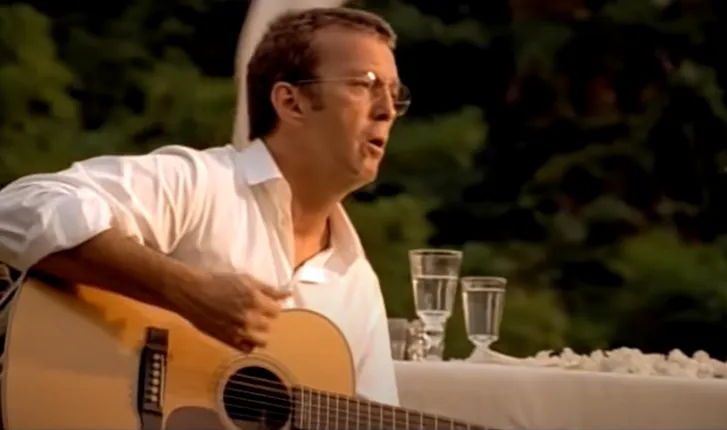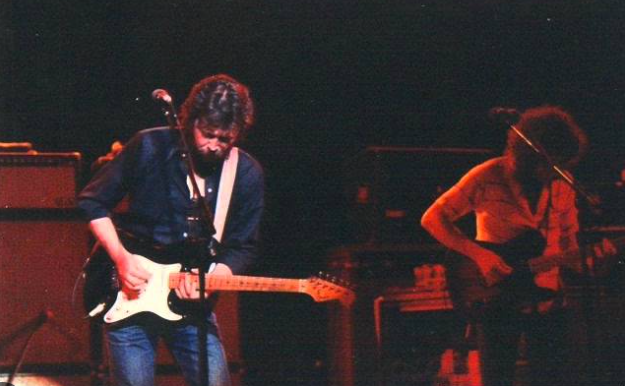Blue Eyes Blue: Eric Clapton's Timeless Tale of Love and Longing
(watch the video below)
"Blue Eyes Blue" is not just a song; it's a soulful journey through the intricacies of love and loss, masterfully woven by the legendary Eric Clapton. Released in 1999 as part of the soundtrack for the romantic drama film "Runaway Bride," the song quickly captured the hearts of listeners worldwide with its haunting melody and poignant lyrics. In this comprehensive exploration, we delve deep into the heart of "Blue Eyes Blue," dissecting its musical composition, lyrical themes, and the emotional resonance it holds for audiences across generations.
Eric Clapton, a virtuoso guitarist and one of the most influential musicians of the 20th century, has always been a master storyteller through his music. "Blue Eyes Blue" is no exception. From the moment the first notes of the song drift through the air, listeners are transported into a realm of raw emotion and vulnerability. The gentle strumming of acoustic guitars sets the stage for Clapton's soul-stirring vocals to take center stage, drawing the audience into the intimate narrative of love and longing.

At its core, "Blue Eyes Blue" is a song about the complexities of love and the ache of separation. The lyrics paint a vivid picture of someone who is deeply in love but feels helpless in the face of circumstances beyond their control. Lines like "I thought that you'd be here by now / There's nothing but the rain" convey a sense of yearning and disappointment, echoing the universal experience of waiting for someone who may never return.
What sets "Blue Eyes Blue" apart is its ability to capture the nuances of human emotion with remarkable precision. Clapton's delivery is imbued with a sense of vulnerability and authenticity that resonates with listeners on a deeply personal level. Whether it's the subtle tremor in his voice or the gentle swell of the music, every element of the song works in harmony to evoke a powerful emotional response.
One of the most striking aspects of "Blue Eyes Blue" is its timeless quality. Despite being released over two decades ago, the song remains as relevant and poignant today as it was upon its initial release. This timeless appeal can be attributed to Clapton's masterful songwriting, which transcends the constraints of time and space to tap into the fundamental truths of the human experience.

In addition to its emotional depth, "Blue Eyes Blue" also showcases Clapton's exceptional musicianship. The arrangement is sparse yet evocative, allowing each instrument to shine through with clarity and precision. From the delicate fingerpicking of the guitars to the subtle accents of the piano, every musical element serves to enhance the overall mood and atmosphere of the song.
Beyond its musical and lyrical merits, "Blue Eyes Blue" has also left an indelible mark on popular culture. The song's inclusion in the soundtrack of "Runaway Bride" helped to introduce it to a wider audience, cementing its status as one of Clapton's most beloved tracks. Over the years, "Blue Eyes Blue" has been covered by numerous artists and featured in various films and television shows, further solidifying its place in the pantheon of classic love songs.
In conclusion, "Blue Eyes Blue" stands as a testament to Eric Clapton's enduring talent and artistic vision. Through its heartfelt lyrics, soulful melody, and timeless appeal, the song continues to captivate audiences and resonate with listeners of all ages. Whether you're experiencing the thrill of new love or grappling with the pain of separation, "Blue Eyes Blue" offers solace and companionship in the shared journey of the human heart.



